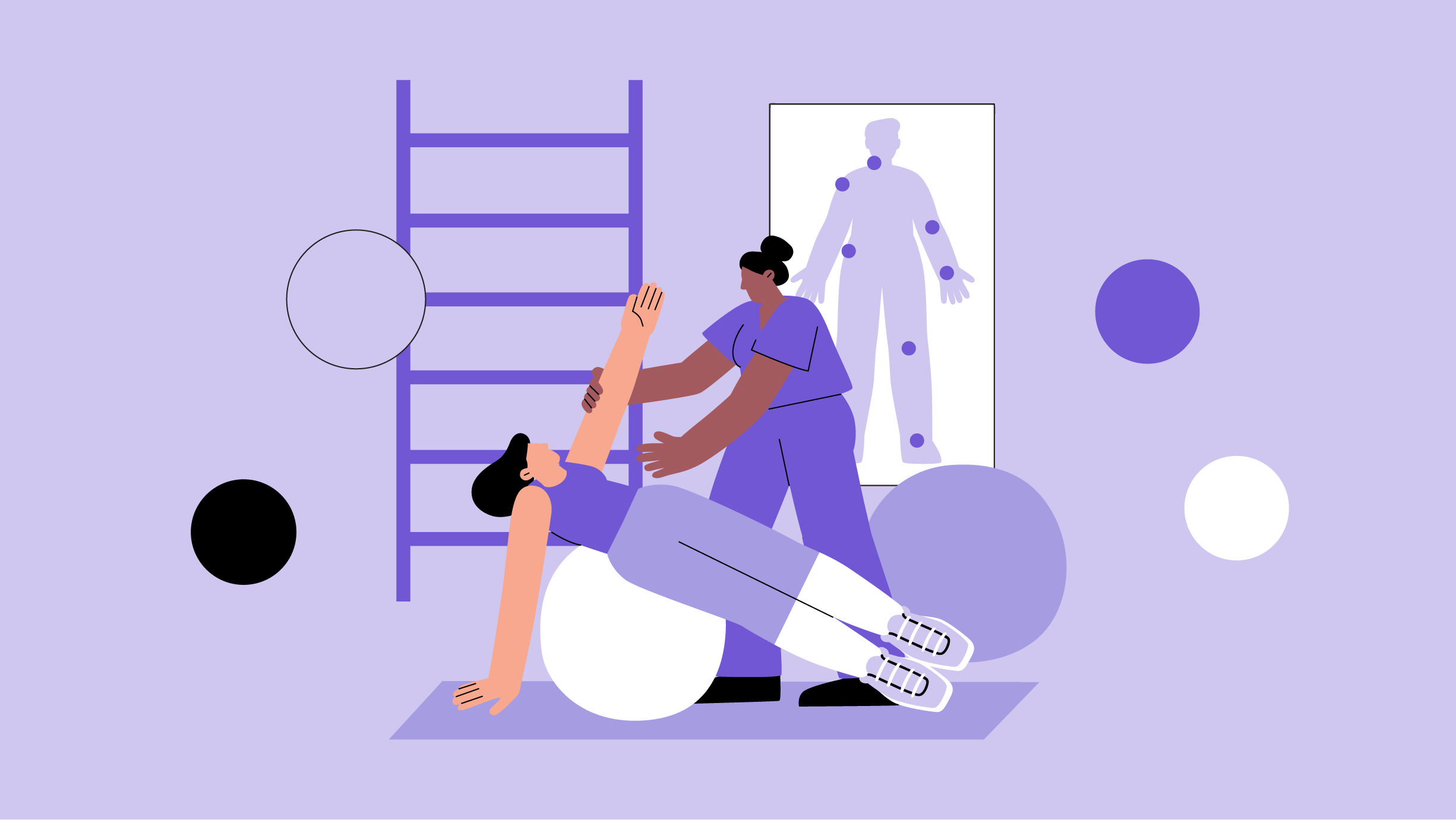
The brand name of the drug is Tasigna. It contains the active ingredient nilotinib, which is commonly used to treat leukemia by blocking a protein that causes cancer cells to grow and multiply.
The brand name of the drug is Tasigna. It contains the active ingredient nilotinib, which is commonly used to treat leukemia by blocking a protein that causes cancer cells to grow and multiply.
How should I use this medication?
Take this medication by mouth with water. Take it as directed on the prescription label at the same time every day. Take it on an empty stomach, at least 2 hours before or 1 hour after food. Do not cut, crush, or chew this medication. Swallow the capsules whole. You may open the capsule and put the contents in 1 teaspoon of applesauce. Swallow the medication and applesauce right away. Do not chew the medication or applesauce. Your care team may change your dose or tell you to stop taking this medication if you get side effects. Do not change your dose or stop taking it unless your care team tells you to.
Do not take this medication with grapefruit juice.
Take acid reducers called H2 blockers and antacids at a different time of day than this medication. Take H2 blockers 10 hours before or 2 hours after this medication. Take antacids 2 hours before or 2 hours after this medication.
A special MedGuide will be given to you by the pharmacist with each prescription and refill. Be sure to read this information carefully each time.
Talk to your care team about the use of this medication in children. While it may be prescribed for children as young as 1 year for selected conditions, precautions do apply.
Overdosage: If you think you have taken too much of this medicine contact a poison control center or emergency room at once.
NOTE: This medicine is only for you. Do not share this medicine with others.
What if I miss a dose?
If you miss a dose, skip it. Take your next dose at the normal time. Do not take extra or 2 doses at the same time to make up for the missed dose.
Where should I keep my medication?
Keep out of the reach of children and pets.
Store at room temperature between 20 and 25 degrees C (68 and 77 degrees F). Get rid of any unused medication after the expiration date.
To get rid of medications that are no longer needed or have expired:
NOTE: This sheet is a summary. It may not cover all possible information. If you have questions about this medicine, talk to your doctor, pharmacist, or health care provider.
What side effects may I notice from receiving this medication?
Side effects that you should report to your care team as soon as possible:
Side effects that usually do not require medical attention (report these to your care team if they continue or are bothersome):
This list may not describe all possible side effects. Call your doctor for medical advice about side effects. You may report side effects to FDA at 1-800-FDA-1088.
What should I tell my care team before I take this medication?
They need to know if you have any of these conditions:
What may interact with this medication?
Do not take this medication with any of the following:
This medication may also interact with the following:
Other medications may affect the way this medication works. Talk with your care team about all the medications you take. They may suggest changes to your treatment plan to lower the risk of side effects and to make sure your medications work as intended.
This list may not describe all possible interactions. Give your health care provider a list of all the medicines, herbs, non-prescription drugs, or dietary supplements you use. Also tell them if you smoke, drink alcohol, or use illegal drugs. Some items may interact with your medicine.
What should I watch for while using this medication?
Visit your care team for regular checks on your progress. Report any side effects. Continue your course of treatment even if you have side effects unless your care team tells you to stop.
You may need blood work done before or while taking this medication. Your care team may also give you a test called an electrocardiogram (ECG) to check your heart before and during treatment.
This medication may increase your risk of getting an infection. Call your care team for advice if you get a fever, chills, sore throat, or other symptoms of a cold or flu. Do not treat yourself. Try to avoid being around people who are sick.
Avoid taking medications that contain aspirin, acetaminophen, ibuprofen, naproxen, or ketoprofen unless instructed by your care team. These medications may hide a fever.
Be careful brushing or flossing your teeth or using a toothpick because you may get an infection or bleed more easily. If you have any dental work done, tell your dentist you are receiving this medication.
This medication may slow your child's growth if it is taken for a long time at high doses. Your child's care team will monitor their growth.
Talk to your care team if you may be pregnant. Serious birth defects can occur if you take this medication during pregnancy and for 14 days after the last dose. You will need a negative pregnancy test before starting this medication. Contraception is recommended while taking this medication and for 14 days after the last dose. Your care team can help find the option that works for you.
Do not breastfeed while taking this medication and for 14 days after the last dose.
What are the most serious risks of this medication?
This medication can change how your heart beats. This can be dangerous. It is more likely to happen in people who already have heart problems or low or high levels of important minerals in their body. Being older, drinking alcohol, and taking certain other medications may also increase the risk. Do not take this medication with food. Take it at least 2 hours before or 1 hour after you eat. Talk to your care team about all the medications you take. This includes over-the-counter medications, vitamins, and supplements. Talk to your care team right away if you feel faint or dizzy, have a fast or irregular heartbeat, chest pain, or trouble breathing.
Source: This information is sourced from Elsevier Inc.






The reviews, ratings, comments, and opinions expressed on this platform are solely those of the individual medical professionals who posted them and do not reflect the views or positions of Sermo, Inc. Sermo does not endorse, verify, or validate the content of individual reviews. The information provided is user-generated and reflects personal clinical experiences, which may not be complete, accurate, or applicable to your specific health needs. It is not intended as medical advice.
Prescription medications affect individuals differently, and what works for one person may not work for another. Always consult your doctor, pharmacist, or other qualified healthcare provider to ensure the information displayed applies to your personal circumstances. Only a licensed healthcare provider can advise you on what is safe and effective for you.
Keep all medications out of the reach of children, never share your medicine with others, and use each medication only as prescribed. Your reliance on any information provided on this platform is at your own risk.
Sermo Drug Ratings, and all information provided on this website, may not be used in combination with any artificial intelligence tool (including to train an algorithm, test, process, analyze, generate output and/or develop any form of artificial intelligence tool).
Visitors to the online patient-facing website at Sermo.com (“Sermo Drug Ratings”) are Authorized Users of the website, which contains data owned by a third-party provider, Elsevier, Inc. Accordingly, by visiting Sermo Drug Ratings, Authorized User acknowledges that the website includes Elsevier owned data that Sermo licenses pursuant to a separate usage and Data agreement (the “Agreements”). Authorized User further acknowledges that Sermo is a third-party beneficiary of the Agreements and Authorized User’s use of the website hereby binds them to the terms of the Agreements; provided, however, that Elsevier shall have no obligations or liability to an Authorized User whatsoever pursuant to the terms of the Agreements.